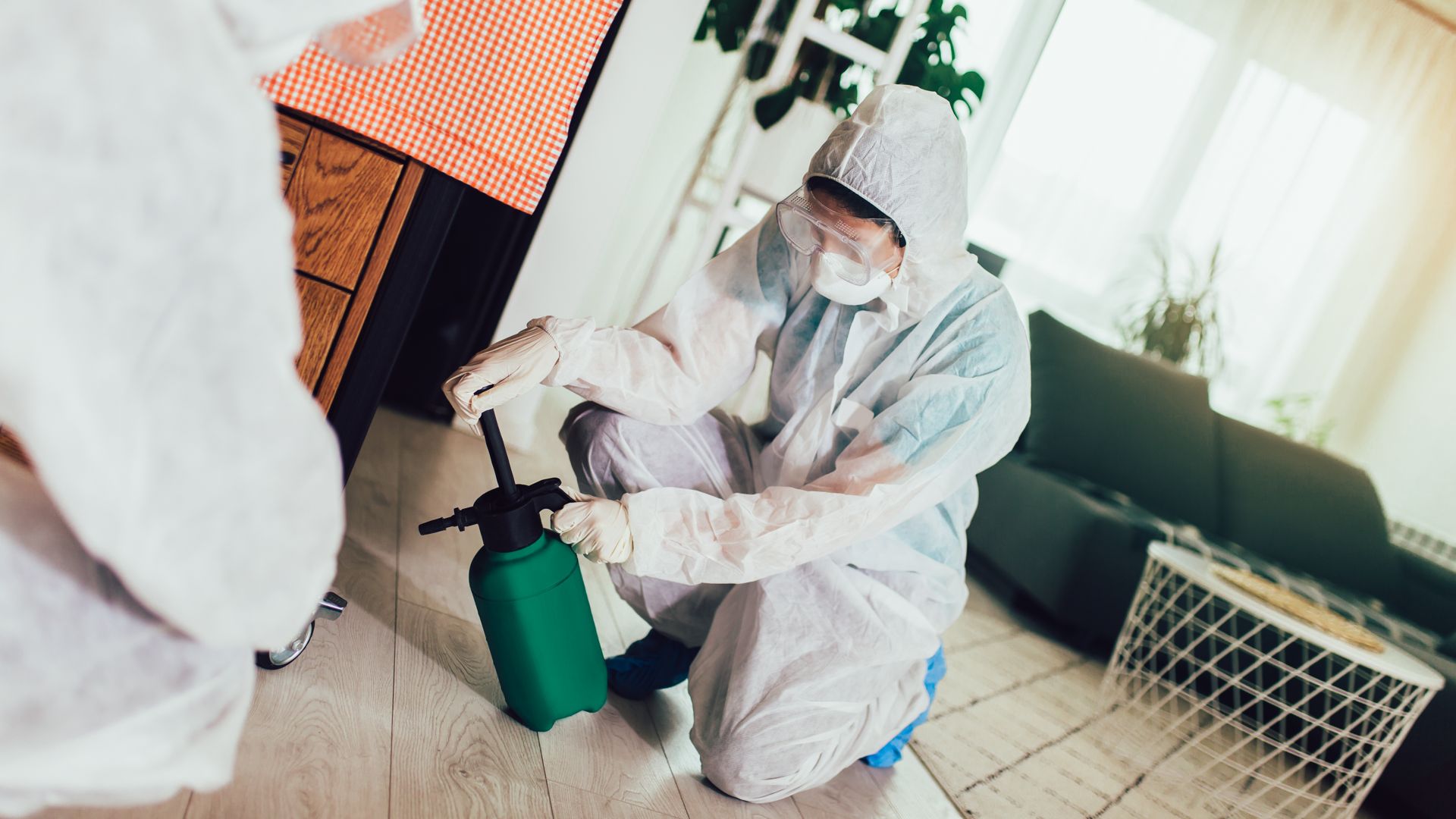What Do Fleas Look Like?
Are you getting dozens of bites? Are you scratching your head (and other places on your body) wondering what insect is making those bites? If so, you might have a flea problem. There are only a few pests that can leave multiple bites without you seeing them. Fleas are one of them. Here's why.
What fleas look like to the naked eye.
Fleas are tiny. Really tiny. And, if you don't know what you're looking for, it is easy to miss them. Usually, these pests are noticed when they are crawling around in the hair of a dog or cat that has white fur. Their yellow, red, or dark brown coloring shows up well on bright colored pets. But, you'll have to look closely. They only grow to about 2.5 mm long.
If you happen to have a pet with some light-colored fur, wet their fur down and use a comb to search for fleas. The belly area is a great place to start. To the naked eye, fleas will look like small, dark, oval-shaped insects with hard shells. As you comb, you're likely to see them quickly weaving their way through the fur on your pet as you part it. It's also likely you'll find them attached to the skin of your pet. These are blood-eating insects. In fact, a female flea can consume as much as 15 times her weight in blood each day.
How did I get fleas? I don't have a pet.
Flea infestations are more likely for people who have pets, but people who do not have pets are not excluded from having these frustrating insects. Rodents and other wild animals can bring fleas into a home. Mice and rats are the best at spreading them around because they can explore every inch of a home in search for food options. As they do, they can drop flea eggs as the go.
If you don't have a pet, it can be much harder to locate fleas. You'll need to look closely in places where fleas hide, such as your bed, upholstered chairs, couch, or carpet. A magnifying glass can make the task a little easier, but not much.
What do fleas look like under a microscope?
Since we're on the topic of what fleas look like, we should also talk about what they look like up close. If you were to examine a flea under a microscope you would see an oval abdomen, a tiny head, and six legs that dangle underneath the insect, the back legs being longer than the others. If you let your imagination run a little wild, you might even be able to imagine this microscopic flea as a creature from the depths of the ocean because of the way its legs dangle and its shrimp-like similarities, but those back legs are for propelling the flea through the air, not through the water. A flea needs those powerful spring-loaded legs to leap onto a host animal.
What does a flea infestation look like?
Since fleas are so small, it is usually secondary factors, like bite marks, that will be the evidence of the infestation. Sure, it is possible to see a flea springing through the air above a couch cushion, but that is not nearly as noticeable as a few dozen bites.
If you're getting flea bites, it is likely that those bites will be on your feet, ankles, and legs. But fleas are not limited to biting in only these places.
Flea bites are usually distinguishable from other bites by the darkness of the rash around the bite wound. This will depend upon your skin type. And flea bites usually have a scab at the center. These are very itchy bites.
Are you dealing with fleas in your home? Do you live in Texas? Find out if you're in our service area. Modern Pest Control is one of the 3% of pest control companies in the United States that is certified QualityPro by the National Pest Management Association. You can trust our team of educated and experienced professionals to resolve your flea issue quickly.

.2503110807321.jpg)
.2412110613398.jpg)
.2412110610205.jpg)